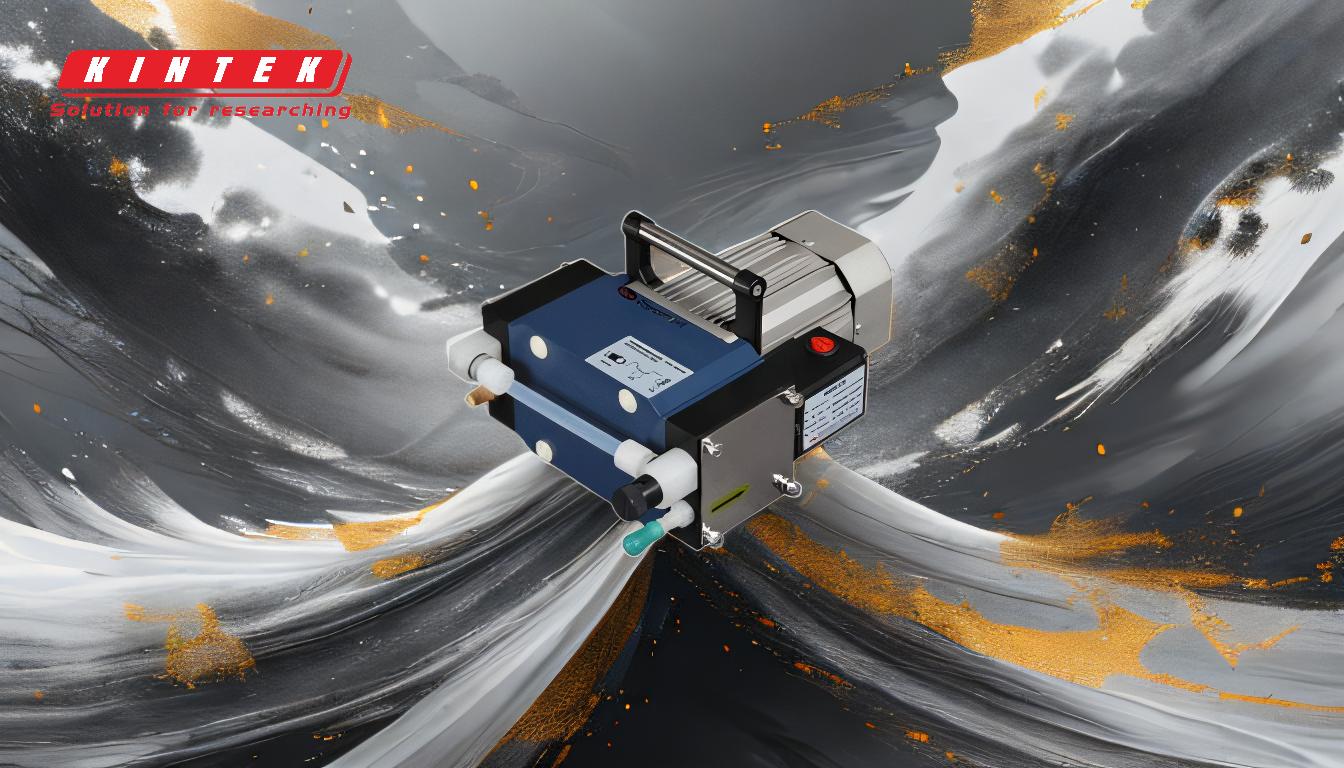Vacuum distillation is a technique used to separate and purify liquids by evaporating them under reduced pressure and then condensing the vapor. The key advantage of this method is that it allows liquids to boil at lower temperatures, which is particularly useful for heat-sensitive materials. The pressure required for vacuum distillation is typically measured in mmHg (millimeters of mercury), and the specific pressure depends on the substances being distilled and the desired boiling point reduction. For example, a pressure of 45 mbar (approximately 33.75 mmHg) is often used to achieve gentle distillation at lower temperatures. The maximum vacuum achievable in short-path distillation is around 0.098 MPa, which corresponds to approximately 735 mmHg. This level of vacuum is sufficient for many applications, including concentration, drying, and distillation of heat-sensitive materials.
Key Points Explained:

-
Principle of Vacuum Distillation:
- Vacuum distillation relies on reducing the pressure to lower the boiling point of substances. This allows for the separation and purification of liquids at temperatures lower than their normal boiling points, which is particularly beneficial for heat-sensitive materials.
- For example, water boils at 100°C at sea-level atmospheric pressure (1000 mbar), but at 45 mbar, substances can be distilled at much lower temperatures, preserving their quality and taste.
-
Pressure Measurement in mmHg:
- The pressure in vacuum distillation is often measured in mmHg (millimeters of mercury). This unit is commonly used in vacuum applications because it provides a clear and precise measurement of the reduced pressure.
- For instance, a pressure of 45 mbar is equivalent to approximately 33.75 mmHg. This level of pressure is sufficient for many vacuum distillation processes, allowing for gentle and efficient separation of components.
-
Maximum Vacuum Achievable:
- The maximum vacuum that can be achieved in short-path distillation is around 0.098 MPa. This corresponds to approximately 735 mmHg.
- This level of vacuum is typically sufficient for most vacuum distillation applications, including those requiring very low pressures for the distillation of sensitive materials.
-
Applications of Vacuum Distillation:
- Vacuum distillation is used in various industries for processes such as concentration, drying, and the separation of heat-sensitive materials. The ability to operate at lower temperatures helps preserve the integrity and quality of the substances being distilled.
- For example, in the food and pharmaceutical industries, vacuum distillation is used to gently evaporate and concentrate ingredients without degrading their quality.
-
Equipment for Generating Vacuum:
- To achieve the necessary vacuum for distillation, equipment such as oil-free diaphragm pumps is often used. These pumps can generate a vacuum of up to 1 mbar (approximately 0.75 mmHg), which is sufficient for many vacuum distillation processes.
- The choice of pump and the level of vacuum required depend on the specific application and the substances being distilled.
-
Comparison with Atmospheric Distillation:
- Unlike atmospheric distillation, which operates at or near atmospheric pressure, vacuum distillation is performed at pressures below atmospheric pressure. This reduction in pressure allows for the distillation of substances at lower temperatures, which is crucial for heat-sensitive materials.
- For example, substances that would decompose or degrade at their normal boiling points can be safely distilled under vacuum at much lower temperatures.
In summary, vacuum distillation is a versatile and effective method for separating and purifying liquids, particularly those that are sensitive to heat. The pressure required for this process is typically measured in mmHg, with common operating pressures ranging from 33.75 mmHg (45 mbar) to 735 mmHg (0.098 MPa). The choice of pressure depends on the specific application and the substances being distilled, with lower pressures allowing for gentler and more efficient distillation.
Summary Table:
| Key Aspect | Details |
|---|---|
| Principle | Reduces pressure to lower boiling points, ideal for heat-sensitive materials. |
| Pressure Measurement | Measured in mmHg; 45 mbar ≈ 33.75 mmHg for gentle distillation. |
| Maximum Vacuum | Up to 0.098 MPa (735 mmHg) achievable in short-path distillation. |
| Applications | Concentration, drying, and distillation in food, pharma, and more. |
| Equipment | Oil-free diaphragm pumps generate vacuum up to 1 mbar (0.75 mmHg). |
| Comparison | Operates below atmospheric pressure for lower-temperature distillation. |
Discover how vacuum distillation can optimize your processes—contact our experts today!













